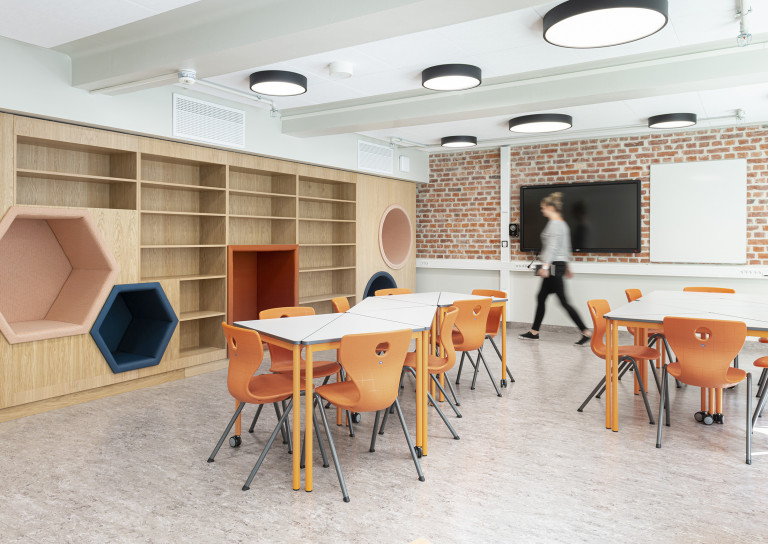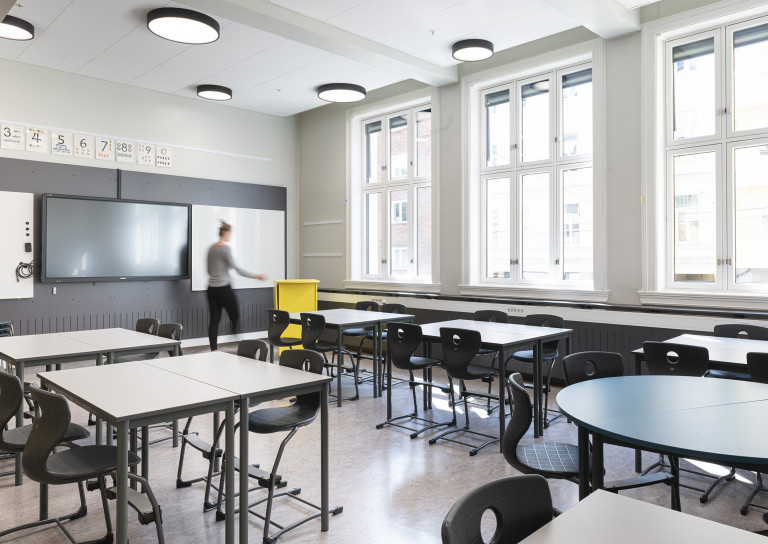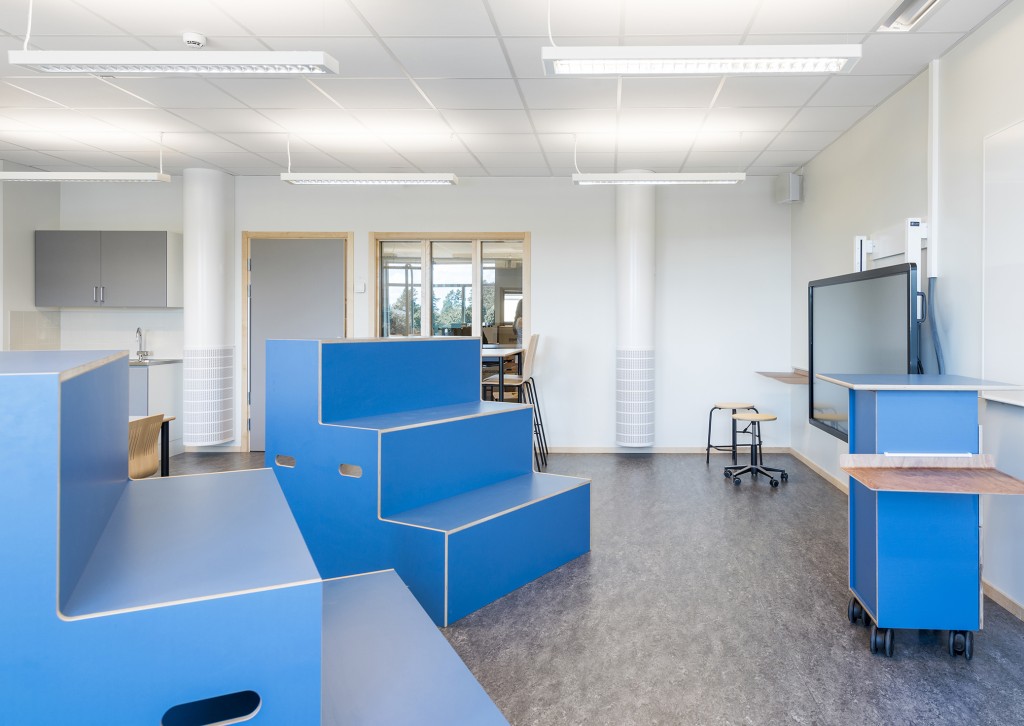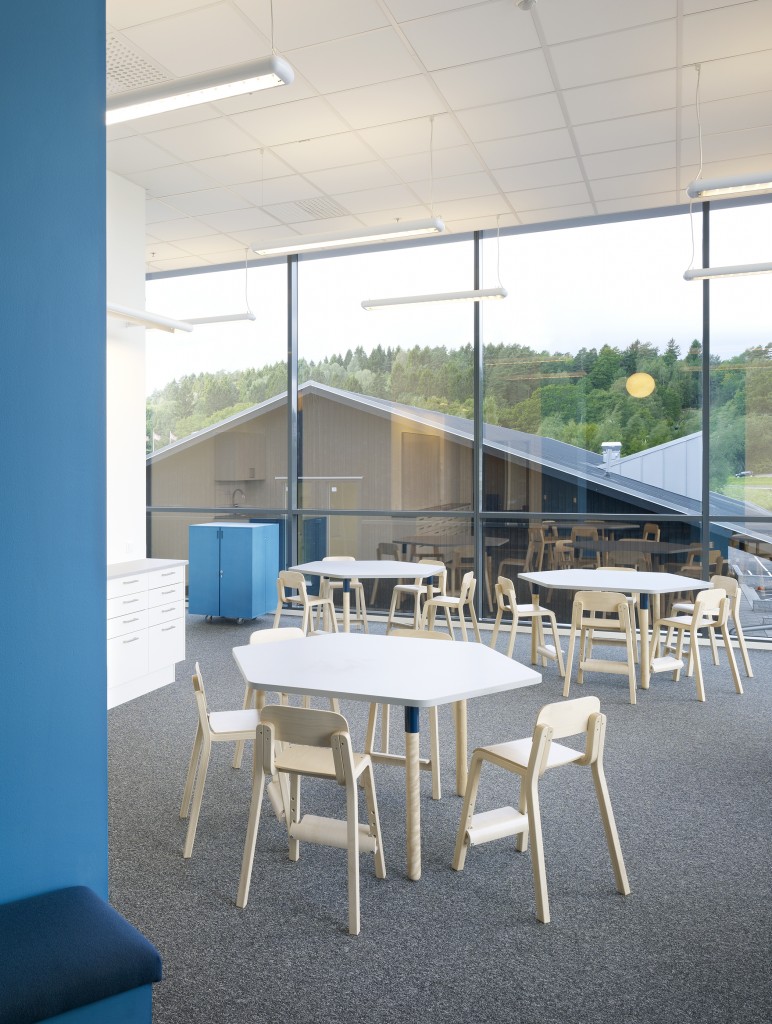Uranienborg skole
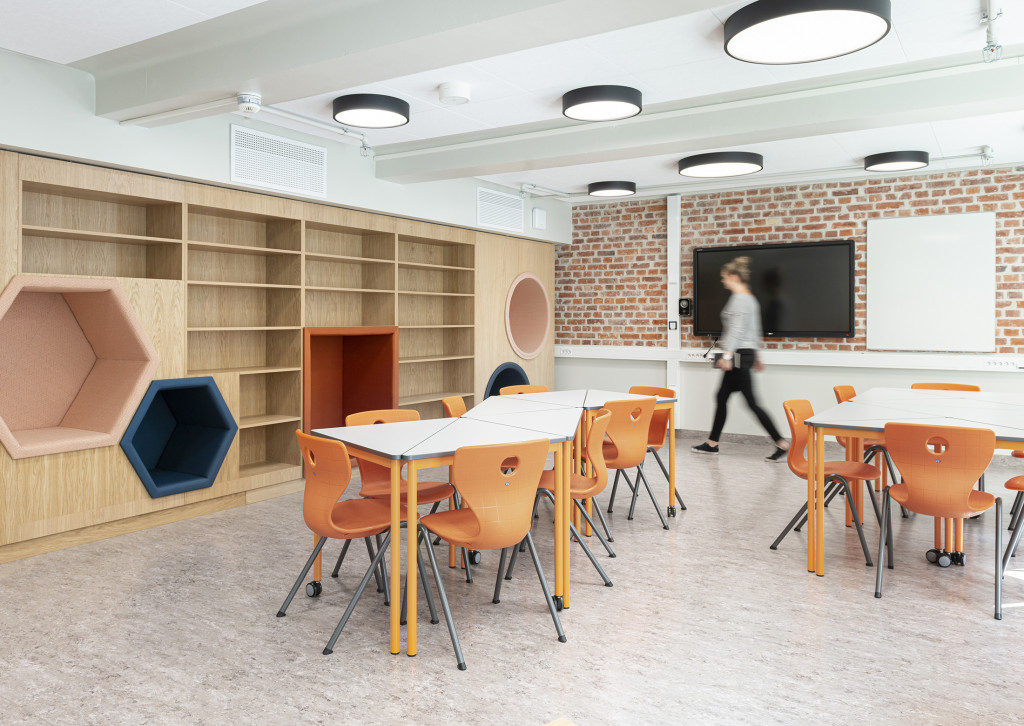
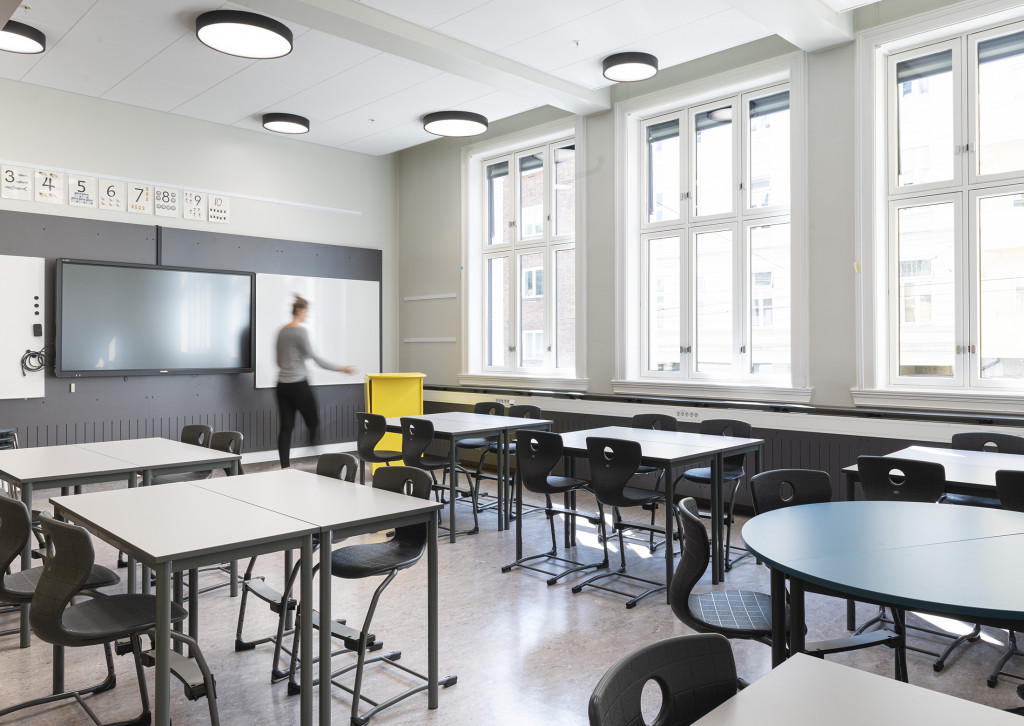

Catering for the unique needs of every student and effective utilisation of the school’s premises were at the top of the wish-list when it came time for a much needed refurbishment and expansion of historic Uranienborg skole.
The school is located in the central Frogner district of Oslo and fits in with the surrounding architecture. This attractive school with its brick walls and generous ceiling height was constructed in several stages, with the oldest building dating from the late 19th century. The latest building was completedand ready to receive students from the start of the 2019 school year.
The combined primary and lower secondary school can now take 870 students, and in light of the increased student numbers Futhark Arkitekter were commissioned to enable more effective utilisation of the existing premises and to construct a new building, but without reducing the outdoor space in the area. The result was a smart and exciting interior design solution and a partially underground sports hall under Nordal Rolfsens Plass.
Furniture for varied needs
The classroom is the most important workplace for the students and ergonomics and functionality were key elements here for successful interior design.
“At the start of the project the students had the chance to try out the school furniture for a certain period in order to evaluate what they thought of the interior design concept. By consulting both students and educators, their differing needs could be taken into account,” says Joachim Johnsplass, supervising Sales Representative and Project Manager at Input interior, which has undertaken procurement, project management, delivery and installation of all interior furnishings for Uranienborg skole.
Spaces outside classrooms have also been equipped for educational activities. Creating learning environments and functionality in locations that were previously unused enables optimum utilisation of the school’s capacity. In the library, for example, small dens and other screened-off areas have been created where students can retreat, individually or in groups, to work in peace and quiet.
Flexible interior design
The interior design, which features harmonious shades, helps to create a pleasing and reassuring environment for both students and teachers. With limited space, a flexible interior design has been the key to workable joint use of the premises.
“We have gone in for an interior design that facilitates flexible day-to-day activities, with furniture that can easily be moved around or set aside in the event of large gatherings or parent meetings,” explains Marte Leinæs Torneby, interior designer from Zinc interior design firm, which developed the basis, interior design proposals and the final interior design concept for the school.
